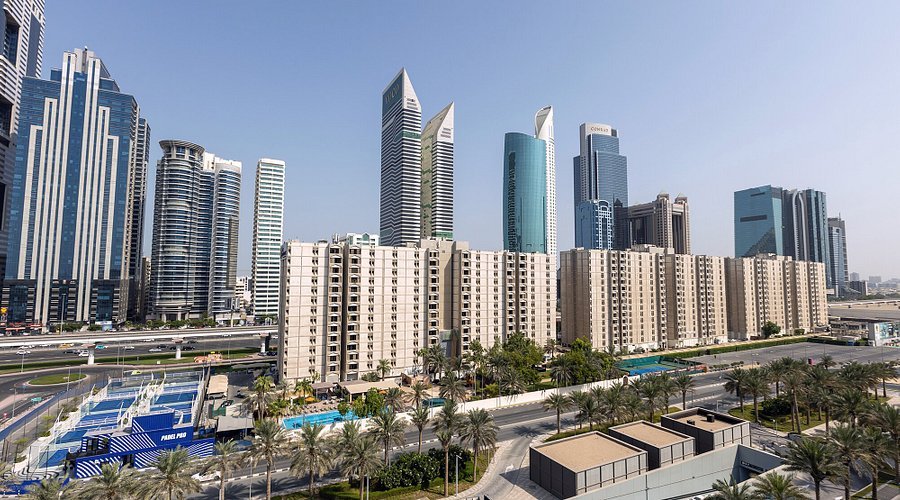Now Reading: Property Market Outlook 2030: Key Trends & Forecasts for the Next Decade
-
01
Property Market Outlook 2030: Key Trends & Forecasts for the Next Decade
Property Market Outlook 2030: Key Trends & Forecasts for the Next Decade

As we approach the end of the second decade of the 21st century, the global property market stands at a pivotal juncture. With technological advancements, shifting demographics, and evolving economic landscapes, the next decade promises significant transformations in real estate. This article delves into the anticipated trends, challenges, and opportunities that will define the property market by 2030.
Global Market Growth and Economic Drivers
The global real estate market is poised for substantial growth in the coming years. According to industry reports, the market size was valued at approximately USD 4.12 billion in 2024 and is projected to reach USD 5.58 billion by 2030, reflecting a compound annual growth rate (CAGR) of 5.23% during the forecast period
Several factors contribute to this upward trajectory:
Urbanization Rapid urbanization, particularly in emerging economies, is driving demand for residential and commercial properties.
Population Growth An increasing global population necessitates more housing and infrastructure development.
Economic Development Rising income levels and improved standards of living are expanding the middle class, further fueling property demand.
Technological Integration in Real Estate
Technology is revolutionizing the property sector, introducing efficiencies and new possibilities.
PropTech Innovations like virtual tours, AI-driven property valuations, and blockchain for transparent transactions are becoming standard.
Smart Homes The integration of IoT devices for energy management, security, and automation is enhancing the appeal of residential properties.
Construction Technology Advancements in building materials and techniques are reducing construction times and costs.
Sustainability and Green Building Practices
Environmental concerns are influencing property development.
Energy Efficiency There is a growing emphasis on buildings that minimize energy consumption and reduce carbon footprints.
Sustainable Materials The use of eco-friendly materials and designs that promote sustainability is on the rise.
Green Certifications Properties with certifications like LEED or BREEAM are attracting environmentally conscious investors and tenants.
Shifts in Residential Preferences
Post-pandemic, residential preferences are evolving.
Remote Work The rise of remote work is prompting individuals to seek homes with dedicated office spaces and better connectivity.
Suburban Migration Many are moving away from crowded urban centers to suburban areas offering more space and affordability.
Multi-Generational Living There is an increasing trend of families opting for homes that can accommodate multiple generations.
Commercial Real Estate Transformation
The commercial property sector is undergoing significant changes.
Hybrid Work Models The adoption of hybrid work models is reducing the demand for traditional office spaces.
E-commerce Growth The surge in online shopping is boosting the need for logistics centers and warehouses.
Flexible Workspaces Co-working spaces are gaining popularity, offering flexibility for businesses and entrepreneurs.
Investment Trends and Opportunities
Investors are focusing on:
Real Estate Investment Trusts (REITs) REITs offer a way to invest in property markets without direct ownership, providing liquidity and diversification.
Emerging Markets Countries in Africa, Asia, and Latin America present untapped opportunities due to rapid urbanization and economic growth.
Mixed-Use Developments Projects that combine residential, commercial, and recreational spaces are becoming more attractive to investors.
Challenges Facing the Property Market

Despite the growth prospects, several challenges loom.
Affordability Rising property prices in many regions are making homeownership increasingly difficult for the average person.
Regulatory Hurdles Changing zoning laws, taxes, and building codes can impact development timelines and costs.
Market Volatility Economic downturns, interest rate fluctuations, and geopolitical tensions can affect property values and investment returns.
Regional Focus: Middle East and UAE
The Middle East, particularly the UAE, is emerging as a significant player in the global property market.
Dubai Known for its luxury developments and iconic landmarks, Dubai continues to attract international investors.
Abu Dhabi The capital is focusing on sustainable urban planning and cultural developments to diversify its economy.
Saudi Arabia Initiatives like the NEOM project aim to create futuristic cities, driving demand for real estate.
Future Outlook and Predictions
Looking ahead to 2030:
Smart Cities The development of smart cities with integrated technologies will redefine urban living.
Modular Housing Prefabricated and modular homes will address housing shortages and reduce construction times.
Blockchain Transactions The use of blockchain for property transactions will enhance transparency and reduce fraud.
Conclusion
The property market in 2030 will be characterized by technological advancements, sustainability, and evolving consumer preferences. While challenges such as affordability and regulatory complexities remain, the opportunities for growth and innovation are abundant. Stakeholders in the real estate sector must adapt to these changes to thrive in the next decade.
Follow us on: Instagram
Read More:Residency Permits: 5 Ways Transforming UAE Property Investment






















